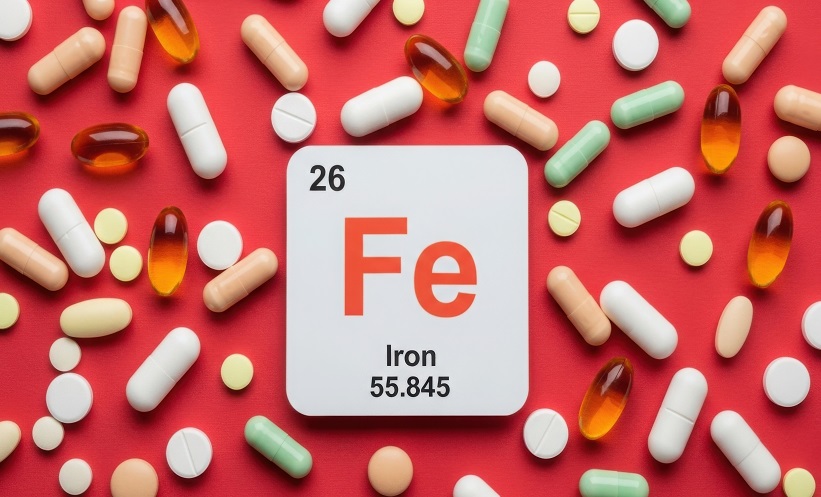Recent research has highlighted the critical role of iron in determining the biological response to FLASH radiotherapy (RT), a cutting-edge cancer treatment technique that delivers ultra-high dose radiation while significantly reducing damage to normal tissues. Studies from the University of Oxford and other institutions reveal that iron levels within tissues influence lipid peroxidation and ferroptosis, key mechanisms driving the therapy’s selective sparing of healthy cells.
Understanding FLASH Radiotherapy and Iron Dynamics
Cancer cells rely heavily on iron to support their rapid growth, making them particularly vulnerable to ferroptosis, an iron-dependent form of programmed cell death. FLASH RT exploits this vulnerability to effectively target tumour cells while minimising collateral damage to normal tissues. Research shows that during FLASH RT, tumour tissues experience increased lipid peroxidation and ferroptosis, leading to cell death, while normal tissues show minimal effects. This differential response is believed to be driven by inherent differences in iron content between healthy and cancerous tissues.
Critical Findings on Iron’s Role
Researchers demonstrated that increasing iron levels in normal tissues by feeding mice a high-iron diet prior to radiotherapy reversed the protective effect of FLASH RT. This resulted in increased intestinal damage and lipid peroxidation comparable to conventional RT, indicating that baseline iron levels and iron-induced lipid peroxidation are central to the therapy’s tissue-sparing effects.
Clinical Significance and Future Directions
These findings suggest that intrinsic iron levels and their influence on lipid peroxidation critically mediate FLASH RT’s ability to spare normal tissues. Understanding this relationship could allow clinicians to personalise cancer treatments by modulating iron levels, thereby enhancing the safety and efficacy of radiotherapy. This research paves the way for optimising radiation protocols, with the potential to improve patient outcomes and reduce side effects in oncology care.
Overall, the study sheds new light on the mechanisms that underlie FLASH therapy’s selective tumour targeting and normal tissue preservation, offering promising insights for future cancer treatment strategies.
Reference
Vilaplana-Lopera N et al. Tissue-specific iron levels modulate lipid peroxidation and the FLASH radiotherapy effect. 2025:2025.05.14.653978.








